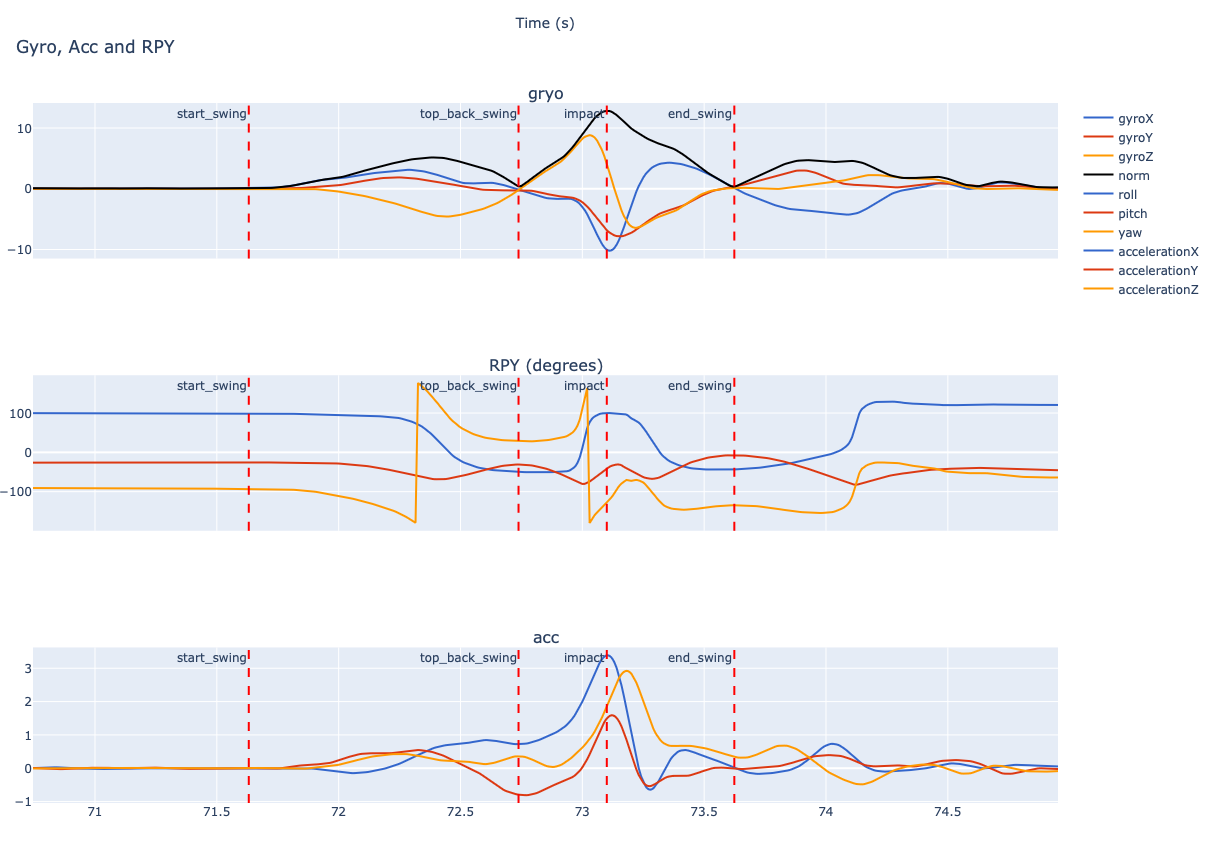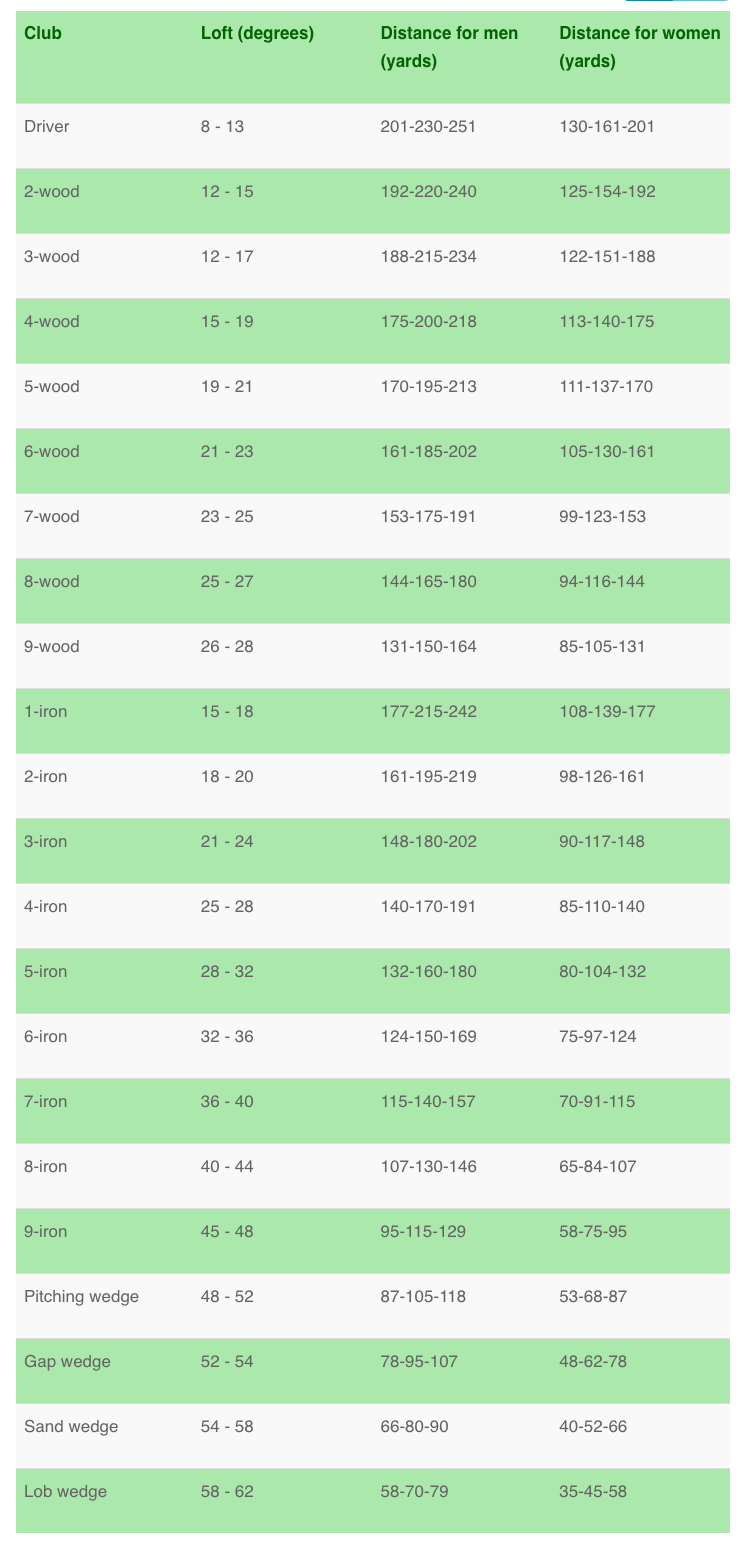The Future of Golf Apps: Why the AI Caddy Will Revolutionize Your Game
Over the past decade, golf technology has evolved rapidly, and one area that’s seen significant transformation is the rise of golf GPS apps. Apps like SwingU, GolfShot and the Golf Mentor have become indispensable for golfers, providing accurate distances to the green, maps of holes, and scores that once required high-end gadgets or professional caddies. But this technology is just the beginning.
As we look to the future, the next evolution of golf apps will be more than just a GPS guide. They will become full-fledged AI-powered caddies. These apps won’t just tell you how far away the pin is; they will help you select the right club, offer advice on swing techniques, provide real-time feedback on your swing errors, and even assist with understanding the rules of golf. Imagine having a virtual AI Caddy at your side, providing expert-level insights as you navigate the course.
Here’s why this trend is inevitable—and why it will change the game forever.
1. From GPS to Caddy: A Natural Evolution
Golf GPS apps have come a long way from simply telling you how far you are from the hole. Most golfers now expect apps to show detailed maps of the course and provide distances to any point. Apps like The Golf Mentor, SwingU, and GolfShot have set a high standard with these features.
But golf is one of the hardest games to play, even top Professionals need a Caddy on the course. Knowing the distance is useful, but imagine how much easier golf would be if each of us had a Caddy to give us club selection based on distance, advice on the rules, and mental game support. Furthermore such a caddy could give advice on swing mechanics (outside of competition), helping you to recover from that dramatic swing fault that arrives just when you are doing well. An AI Caddy can even improve your practice sessions. Unfortunately most of us cannot afford a full time caddy.
The future lies in three key technologies Artificial Intelligence, GPS and Motion Sensing. Artificial Intelligence (AI), the same technology that powers advanced chatbots like ChatGPT will allow these systems can understand complex queries and provide meaningful, real-time advice. GPS will continue to provide real time accurate positioning of the golfer. Motion Sensing will allow detailed swing analysis. As a result, the modern golf app will evolve into an AI caddy, capable of adapting to each golfer’s needs in a way that was once only possible with a human expert. Each one of use can afford our own AI Caddy!
1. Real-Time Sensing of Swing dynamics
Using advanced sensor data, your app will soon be able to analyze every part of your swing in real-time. If you’re slicing, the AI caddy will provide specific tips to correct the issue, adjusting recommendations as your swing improves.
Here is an example of the sensor data that is available from an Apple watch. At a rate of 100 times a second, the watch can sample the acceleration, rotation and attitude angles of the watch. Below is real data processed from a person doing a swing with an Apple watch. Using the data it is possible to identify key aspects of the swing including the start, top of the back swing and the approximate impact. From this data it is easy to calculate key parameters such as swing duration and tempo.

Using this data, it is possible to calculate the trajectory of the apple watch, so gaining insight into the swing dynamics. The video below shows a trajectory animation.
If you view this video, you can actually see the slow backswing, reversing direction at the top of the back swing and proceeding much faster for the downswing, then after that the follow through. This level of feedback is something even a human caddy could struggle to provide, making the AI caddy a game-changer for golfers at all levels.
It will be also possible to carry out sophisticated analyses of the swing. For example, you might have noticed that the swing starts on one swing plane and finishes on another. The video below show how the swing transitions to the final swing plane at it approaches the impact point. The swing plane is shown as the arc of a red circle.
2. AI Club Selection: Personalized for Your Game
One of the most valuable aspects of a professional caddy is their ability to recommend the right club for any situation. The next generation of golf apps will use AI to make these same recommendations, but with even more precision.
For instance, AI could analyze your swing data (captured by motion sensors in your phone or wearable) as well as the actual distance you hit the ball with a particular club (using GPS). Accordingly it can understand your strengths and weaknesses with different clubs. Based on that information, the app could suggest the perfect club for a 140-yard shot into a light wind. No more guessing which iron to use—the app knows your game better than you do.
3. AI Advice on Swing Mechanics
Many golfers struggle with swing mechanics. Current apps might offer swing tracking, but future AI-powered apps will go much further by analyzing your swing in real-time and suggesting immediate adjustments.
Using motion sensor data, the AI could detect subtle errors in your posture, tempo, or grip and give you personalized tips for improvement. It will act like a virtual coach, helping you refine your swing while you’re on the course.
This feature will bridge the gap between amateur golfers and professionals by offering the kind of detailed, real-time feedback that was previously only available through on course lessons.
4. AI Assistance with Golf Rules
Let’s face it—golf rules can be confusing. While professional caddies have a deep understanding of the rules, most amateur golfers do not. But what if your app could provide instant advice on rules as situations arise?
Picture this: You hit your ball into a water hazard, and you’re unsure about the penalty or how to take a proper drop. An AI-powered app can quickly analyze your location and the situation, then provide clear instructions on the next steps—whether it’s about taking relief, stroke penalties, or identifying a playable ball.
The Long-Term Shift: AI Caddy as the Future of Golf
It’s only a matter of time before this advanced functionality becomes standard in golf apps. The combination of real-time data, personalized advice, and AI-powered coaching will turn your phone or watch into a tool that rivals the expertise of a professional caddy. This development will also be very good for the future of golf. If we make golf easier to play, then many more people will join the golf world.
At The Golf Mentor, we’re already working on these innovations, creating an app that not only provides GPS data but also assists with club selection, and real-time feedback powered by advanced AI technology. In the near future the the Golf Mentor will also integrate real time swing dynamics.
Conclusion: Embracing the AI Caddy
As golf technology continues to evolve, the role of an AI-powered caddy will become indispensable. The best golf apps will soon do much more than just track distances—they will serve as your virtual guide, coach, and rules advisor.
For golfers, embracing the AI Caddy revolution means smarter play, fewer mistakes, and ultimately, a better game.
Whether you're looking for expert club advice, swing improvements, or guidance on tricky rules, the future of golf apps lies in AI. And as AI-driven golf apps evolve, it won’t be long before the term AI Caddy becomes as common as Golf GPS is today.
Motion Sensing Explained
Originally only available in aircraft and naval ships, motion sensors are now found in many consumer devices, including smartphones and wearables. These sensors can detect movement in three dimensions and are used in a variety of applications, from gaming to fitness tracking. In golf, motion sensors can be used to analyze swing mechanics, track club speed, and provide real-time feedback on your game. By leveraging motion sensor data, AI-powered golf apps can offer personalized advice and insights that were once only available through professional coaching.
The three key motion sensors used in smart watches are the accelerometer, gyroscope, and magnetometer. The accelerometer measures linear acceleration, the gyroscope measures angular velocity, and the magnetometer measures magnetic fields. By combining data from these sensors, golf apps can track your swing, analyze your posture, and provide feedback on your technique. As well, GPS measurements provide absolute position measurements any place on the earths surface.
